Home » Vacuum kneader: blades and components
Vacuum kneader: blades and components
Vacuum Kneader
Details of Kneader
- The machine comprises a motor, cover press, main body, mixing chamber and rotor mechanism, gearbox, air control system, tilting machine, heating/cooling system, rubber belt transmission and base, etc.
- The kneader can be made into vacuum, pressure, atmospheric, Normal temperature, high temperature, low temperature, etc.
- The temperature adjustment method of a kneader can be the jacket, halfpipe, far-infrared tile, steam, hot water, heat transfer oil, electric heating, cooling water, chilled water, and other methods.
Application: Paint, Adhesive, Battery, Pharmaceutical industry, Cosmetic
And the vacuum kneader is mainly suitable for the production of silicone rubber, sealant, hot melt adhesive, food rubber base, pharmaceutical preparations, etc.
The kneading device is mainly composed of a cylinder body, a pulp shaft, a wall panel, a cylinder head, etc., and is mainly used for fast kneading and emulsification of materials. Not only that, there is a strong connection between the kneading part and the hydraulic system, mainly by a hydraulic station to operate two small oil cylinders and two large oil cylinders, to realize the functions of opening and closing the large cover and turning the mixing cylinder, When we design the whole machine system, the main measured pressure is 7.0Mpa.
The electric control system of the vacuum kneader has manual and automatic electric control systems, and users can choose appropriate functions according to their own needs or the characteristics of materials. The transmission system is mainly composed of motors, reducers, and gears. Our engineers will match the appropriate motors according to the model of the kneader. During the transmission process, the speed can be synchronized by the motor, and after passing through the elastic coupling to the reducer, the output device can drive the fast pulp to make it reach the specified speed, and the speed can also be adjusted by the frequency converter.
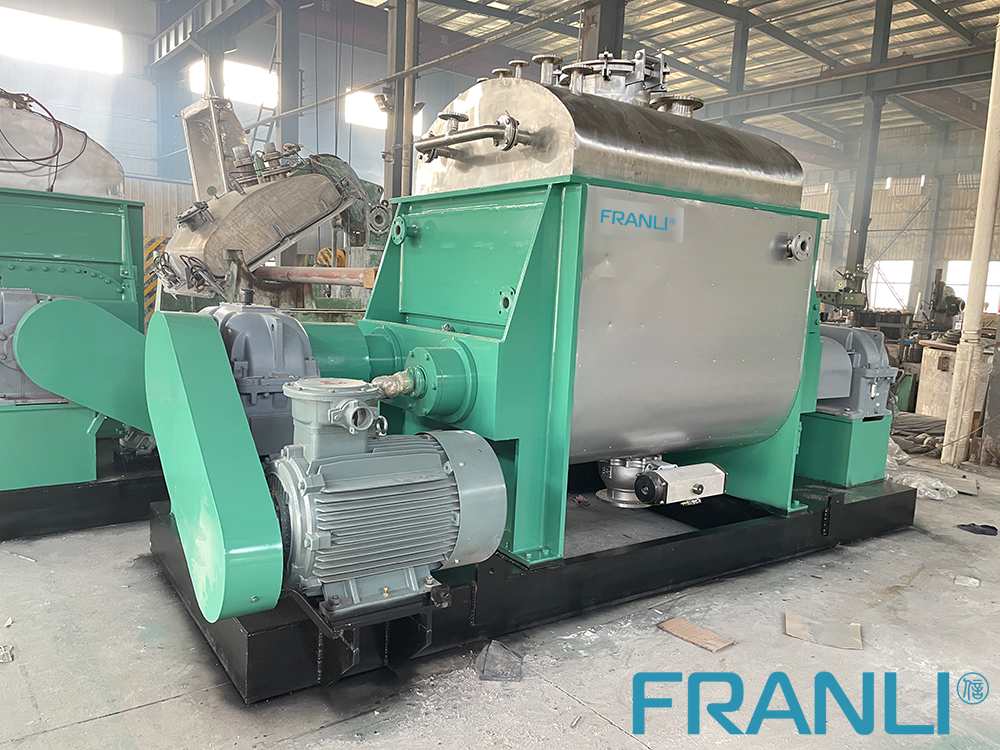
A vacuum kneader is a kind of intermittent equipment. It is generally equipped with two Z-shaped blades, which rotate in opposite directions at different speeds. Therefore, the materials in the kneader are sheared, stretched, and dispersed, thereby producing materials in an ideal state. At the same time, it pushes the whole material to move in the axial and radial directions. The gap between the blade and the groove wall is about 1mm, and it also has a certain extrusion effect on the material, eliminating the stagnation area, so the material is well mixed.
Distribution and operation of kneader blades
There are two installation forms of blades in the kneader: two-blade tangential type and two-blade partially overlapping type. When the tangential blades rotate, they constantly change their relative positions, so that the materials can be mixed quickly. The heat transfer area swept by the blades within a unit volume is large, the heat transfer rate is relatively high, and the materials are not easily entangled on the blades. Partially overlapping blades are often used to deal with sticky materials. Because of the self-cleaning effect, materials can be prevented from sticking to the blades.
Arrangement of kneader components
1. Large and heavy components should be installed under the mounting plate, while heating elements should be installed above the mounting plate.
2. Strong electricity and weak electricity should be separated, and weak electricity should be shielded to prevent external interference. The installation position of components that require frequent maintenance, inspection, and adjustment should not be too high or too low. The arrangement of devices should be neat, beautiful, and symmetrical. Components with similar dimensions and structures are installed together and wired.
3. The layout of kneader components should not be too dense, and a certain distance should be left. If wiring troughs are used, the distance between each row of components should be increased for necessary wiring and maintenance. Used together with component layout drawings.
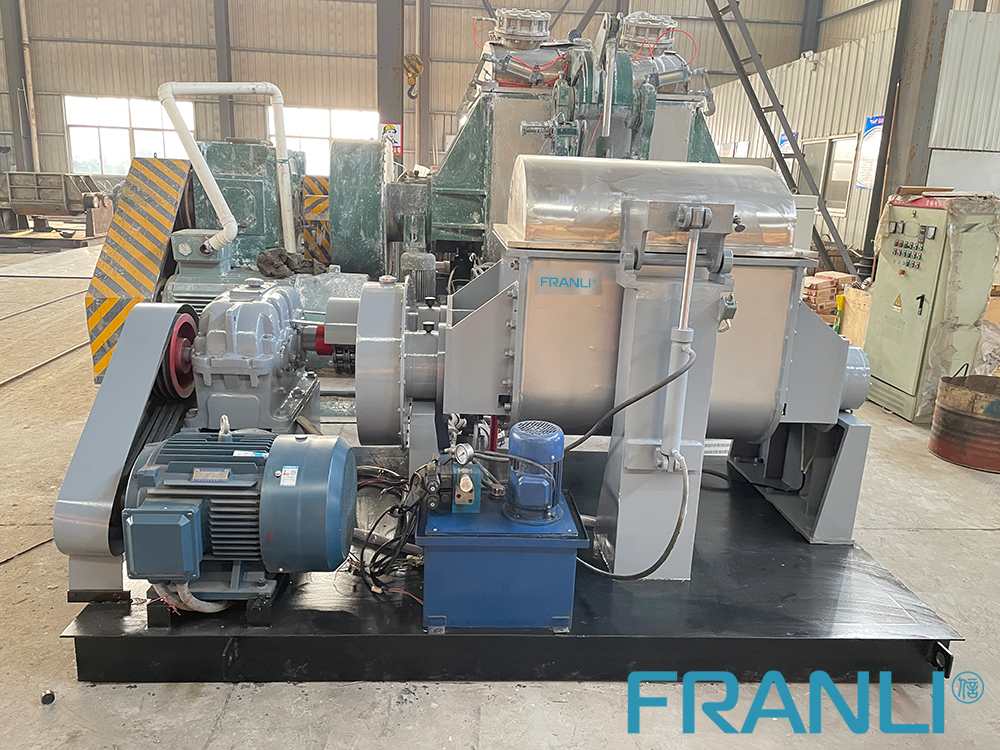
Vacuum kneader preparation before operation
1. When installing the vacuum kneader, the user first needs to clean, decontaminate and wipe the anti-rust grease. And it is also necessary to check each lubrication point and inject lubricating oil (grease).
2. When the vacuum kneader is in use, the user only needs to simply check the tension of the V-belt. If it is too tight or too loose, the user needs to move the motor to an appropriate position by adjusting the bolt.
3. Check whether the fasteners are loose, whether the steam pipe is leaking, and whether the circuit and electrical equipment are safe. The electric heating type kneader must have a grounding device.
4. Clean up the kneading chamber before the test machine. Do 10-15 minutes of dry run, confirm that the machine is running normally, and then put it into production. Generally, the gears (including the reducer) of the new machine are noisy when they are used in the initial stage, and they will naturally decrease after some time.
5. When steam is used for heating, a safety valve and a pressure gauge should be installed at the steam inlet pipe, and the steam pressure must not exceed the working pressure requirement of the mixing tank indicated on the label.
6. The use of inversion should be reduced when kneading with the paddle.
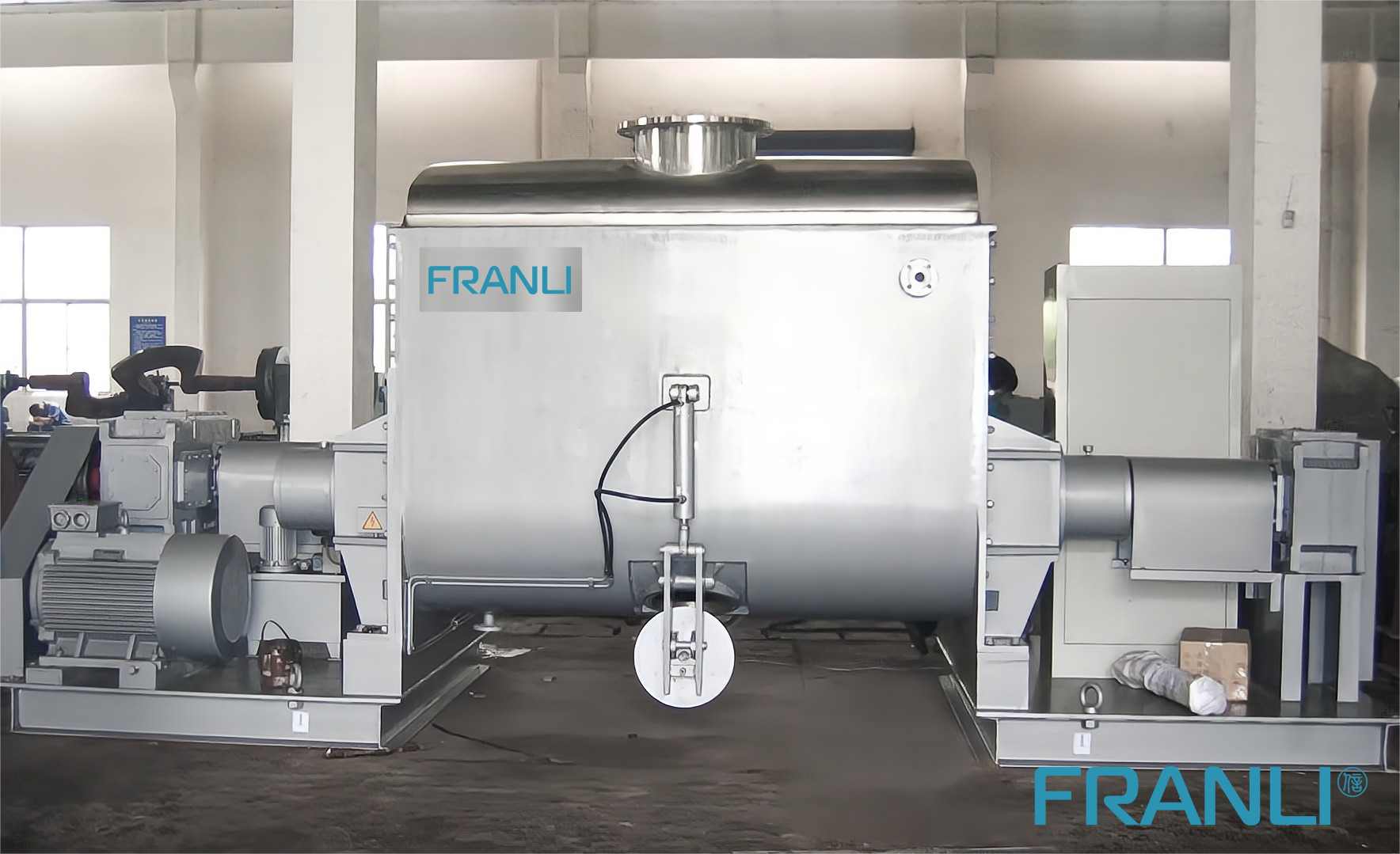
As a professional kneader manufacturer, FRANLI has provided a complete set of mature equipment for related machines and production lines for more than 60 countries and thousands of industries in the world, and in Russia, Turkey, Spain, Brazil, Malaysia, Indonesia, and other regions, it has provided many An enterprise establishes related production lines.
Welcome to send inquiry to us and let’s make a win win business together !
Guidelines For Kneader
The dispersion kneader is suited for rubber and plastic mastication, as well as the blending of different rubber and plastic components. Small and medium-sized rubber and plastics manufacturers with a wide range of product types and colours, as well as food, dyes, pharmaceuticals, and ceramics, can benefit from the internal mixer.
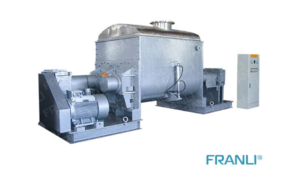
Sigma Kneader: The Solution for Mixing and Kneading
Sigma kneader is a versatile machine that can be used for mixing, kneading, and homogenizing a wide range of materials, including high-viscosity products.
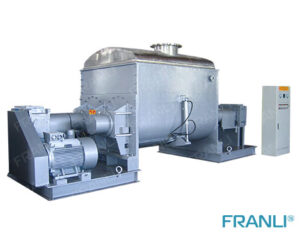
Sigma Mixer: Indispensable Equipment For Manufacturing
Sigma Mixer is a type of mixer that uses a unique mixing principle to achieve an efficient blending of materials. The mixer consists of two blades that rotate in opposite directions, creating a kneading and folding action that ensures thorough mixing. The blades are shaped like the Greek letter Sigma, hence the name Sigma Mixer.

Sigma Blade Mixer: The Mixing Solution
The Sigma Blade Mixer is a robust and reliable mixing machine that uses a unique mixing principle to achieve superior results. It is a type of double-arm kneading mixer that features two blades that rotate in opposite directions.

Vacuum Kneader: A Machine for Your Mixing Needs
The Vacuum Kneader is a type of mixer that utilizes a vacuum chamber to create a homogeneous mix of ingredients. It is designed to knead, mix, and disperse high-viscosity materials under vacuum conditions, resulting in a superior product.

Efficiency and Effectiveness of Dispersion Kneader
The dispersion kneader has complete control over the mixing and blending of the raw materials to create an even mix that allows for better distribution. This device contains a mixing chamber with rotating blades made of high-quality steel.

Vacuum kneader: high efficiency and environmental protection
A vacuum kneader is mainly used for stirring, mixing, and kneading high-viscosity and elastic-plastic materials. The most common fields include high-viscosity sealant, silicone rubber, neutral acid glass glue, chewing gum, bubble gum, aluminum silver paste, silica gel, paper pulp, cellulose, and other materials. It covers food, agrochemical, pharmaceutical, cosmetics, electronic paste, and other industries, and has been sought after by the industry.

